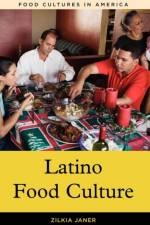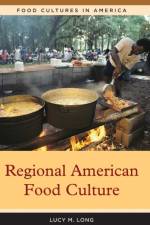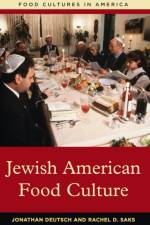von William Frank Mitchell
76,00 €
Like other Americans, African Americans partake of the general food offerings available in mainstream supermarket chains across the country. Food culture, however, may depend on where they live and their degree of connection to traditions passed down through generations since the time of slavery. Many African Americans celebrate a hybrid identity that incorporates African and New World foodways. The state of African American food culture today is illuminated in depth here for the first time, in the all-important context of understanding the West African origins of most African Americans of today.Like other Americans, African Americans partake of the general food offerings available in mainstream supermarket chains across the country. Food culture, however, may depend on where they live and their degree of connection to traditions passed down through generations since the time of slavery. Many African Americans celebrate a hybrid identity that incorporates African and New World foodways. The state of African American food culture today is illuminated in depth here for the first time, in the all-important context of understanding the West African origins of most African Americans of today.A historical overview discusses the beginnings of this hybrid food culture when Africans were forcibly removed from their homelands and brought to the United States. Chapter 2 on Major Foods and Ingredients details the particular favorites of what is considered classic African American food. In Chapter 3, Cooking, the African American family of today is shown to be like most other families with busy lives, preparing and eating quick meals during the week and more leisurely meals on the weekend. Special insight is also given on African American chefs. The Typical Meals chapter reflects a largely mainstream diet, with regional and traditional options. Chapter 6, Eating Out, highlights the increasing opportunities for African Americans to dine out, and the attractions of fast meals. The Special Occasions chapter discusses all the pertinent occasions for African Americans to prepare and eat symbolic dishes that reaffirm their identity and culture. Finally, the latest information in traditional African American diet and its health effects brings readers up to date in the Diet and Health chapter. Recipes, photos, chronology, resource guide, and selected bibliography round out the narrative.




